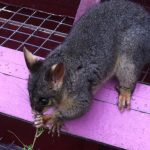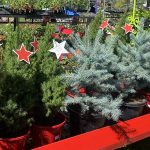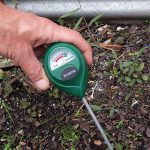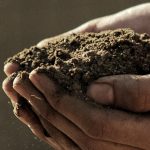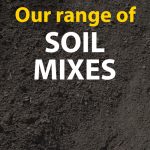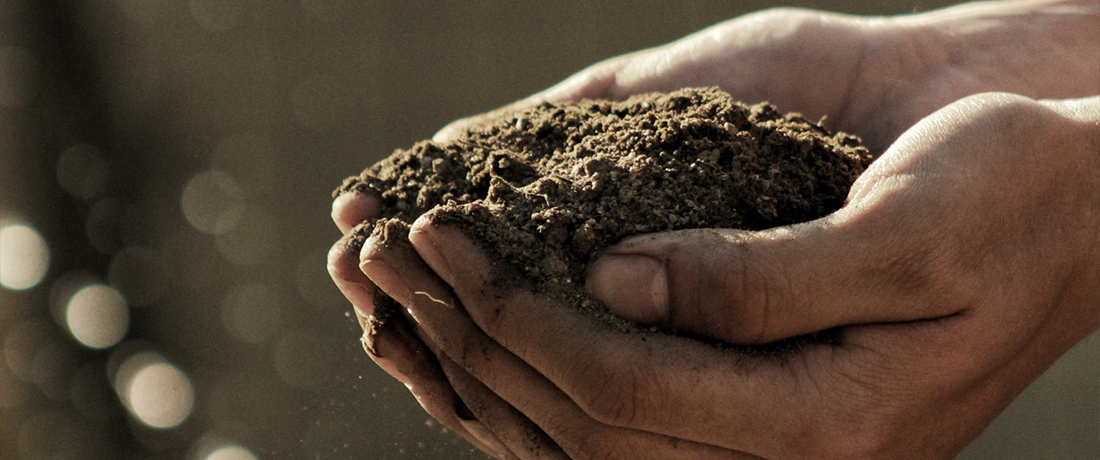
We tend to forget that our soil has a significant amount of animal, fungal and single celled life in it… but it is this very life that is essential in making available much of the nutrients that plants use. From the microscopic soil bacteria through to the readily visible earthworms and arthropods, these living components of the soil are the often overlooked workhorse in turning organic matter into food for plants.
Only a small percentage of the total soil, yet it is this most fragile component that beavers away industriously, doing its own thing and simultaneously making the soil infinitely better for plant growth. Below is a discussion on the some of the various components of the living soil network. It is just a tiny snapshot of the extraordinary life that exists in our soil, why we need it, and how to ensure your soil is teeming with life!

The Living Soil – Bacteria
There are three major groups of beneficial soil bacteria; Nitrifying bacteria, nitrogen fixing bacteria and Actinomycetes.
Nitrifying Bacteria
These highly beneficial bacteria convert Ammonium (NH4) to Nitrite (NO2) to Nitrate (NO3) which is the preferred for of Nitrogen for many grasses and crops.
Nitrogen Fixing Bacteria
These have a symbiotic relationship with the roots of many legumes and of some trees. The bacteria infect a root hair creating a nodule. The plant supplies carbon compounds to the bacteria which in turn converts N2 from the air into a form the plant can use.
Actinomycetes
These grow hyphae like fungi and are responsible for the typical earthy smell of freshly turned healthy soil. They decompose a wide array of material but are especially important in degrading the hard to decompose organic matter to forms other soil micro-organisms can use. They are mostly active in higher pH soil.
Encouraging soil bacteria
These are mostly concentrated in the rhizosphere (narrow region adjacent to the roots), so it is important to keep living plants in the soil. Instead of leaving your vegie bed fallow for a season, plant a green manure crop instead.
Bacteria live in water in the rhizosphere and will not survive without water, keeping the soil moist is important, using a mulch will help lower evaporation and assist in keeping an even level of soil moisture.

The Living Soil – Protozoa
These single celled ‘animals’ feed on bacteria, organic matter and other protozoa. As they feed on bacteria they release ammonia (NH4). They help regulate bacteria numbers and aid in suppressing disease by competing with and feeding on pathogens, they also mineralize nutrients making them available for use by plants and other soil micro-organisms. Protozoa provide a major food source for soil micro-organisms.
Encouraging protozoa
These are mostly concentrated in the rhizosphere (narrow region adjacent to the roots), so it is important to keep living plants in the soil. Instead of leaving your vegie bed fallow for a season, plant a green manure crop instead.
Protozoa will not survive drought conditions, as they need water to move in and bacteria to eat (also water dependent). Thus keeping soil moist is very important; using a mulch will help lower evaporation and aid in maintaining an even level of soil moisture.
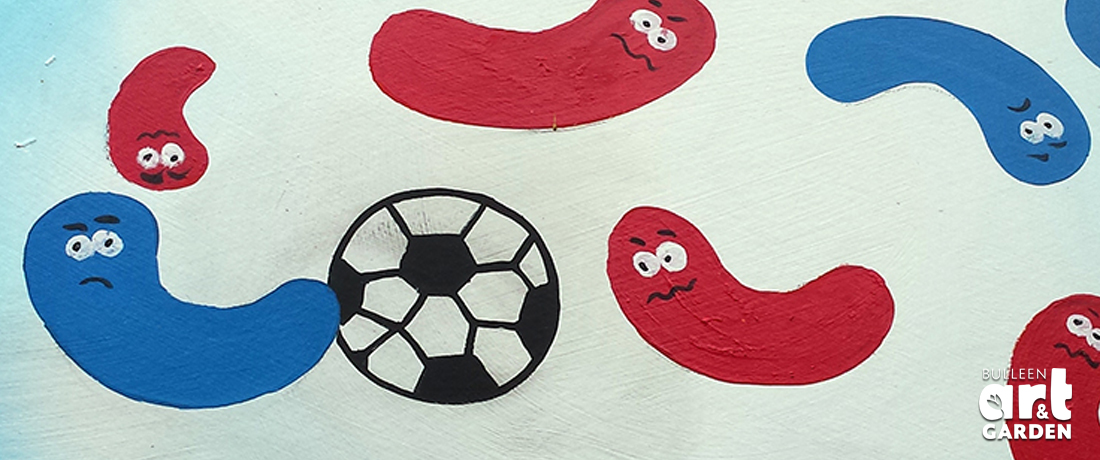
The Living Soil – Nematodes
These non segmented worms compete with protozoa for bacteria, organic matter and other nematodes, and like protozoa as they feed on bacteria they release ammonia (NH4). They help regulate bacteria numbers and aid in suppressing disease by competing with and feeding on pathogens. There are a few species responsible for plant diseases but most play a beneficial role within the living soil network. Nematodes provide an important food source for other soil micro-organisms.
Encouraging nematodes
These are mostly concentrated in the rhizosphere (narrow region adjacent to the roots), so it is important to keep living plants in the soil. Instead of leaving your vegie bed fallow for a season, plant a green manure crop instead.
Nematodes will not survive drought conditions, keeping soil moist is important, using a mulch will help.
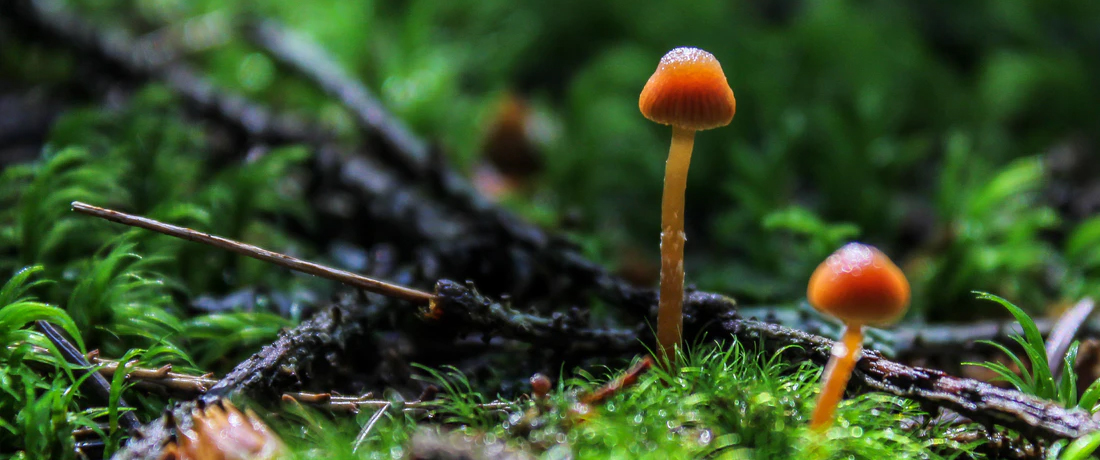
The Living Soil – Fungi
Of the many fungi, there are two major beneficial types; Saprophytic fungi and Mycorrhizal fungi.
Saprophytic Fungi
These are important decomposers in the soil converting hard to digest organic matter into forms other soil micro-organisms can use. They also produce the organic acids (humic and fulvic acids) which are used to increase the humic acid rich organic material. The hyphae physically bind the soil particles together and aid good soil structure.
Mycrorrhizal Fungi
These colonise plant roots, taking carbon (in the form of carbohydrates – glucose and sucrose) and in exchange help solubilise Phosphorus and bring in Nitrogen and micronutrients to the plant.
Encouraging Fungi
These fungi will tolerate periods of dryness in soil, but are aerobic, and will die in waterlogged or compacted soils. Using mulch to keep moisture levels up helps. Don’t over work the soil as it breaks up the mycelium. Fungi work best in more acidic conditions, adding lime will reduce fungal populations in favour of bacteria.
The Living Soil – Earthworms
Worms eat by grinding up organic matter and soil micro-organisms. The digestion process changes the material as it passes through the gut, inoculating it with beneficial micro-organisms, concentrating and converting nutrients into a form available to plants. Worm casts release 4 times more phosphorus than does surface soil.
Worm castings are stable aggregated soil clusters, resistant to erosive forces and greatly improving soil structure. The burrowing action of worms drags the organic matter down into the soil as well as creating passages for air, water and plant roots. Worms tend to leave their casts in their worm burrows – further providing a favourable environment for root growth.
Especially beneficial when trying to improve clay soils, the extensive earthworm burrows loosens and aerates the soil allowing water to infiltrate and percolate, and roots to penetrate. In zero-till soils, where worm populations are high, water infiltration can be up to 6 times greater than in cultivated soils. Earthworm tunnels also act, under the influence of rain, irrigation and gravity, as passageways for lime and other material.
The tying together of soil particles with organic matter in the digestion process increases particle size and thus increases pore spaces. The mucus from their skin also aids in the formation of soil aggregates. These actions together are integral to the crumb structure of a good soil.
Encouraging Earthworms
Earthworms breathe through their skin and must be in an environment that is 40% moisture (damp as a wrung out sponge). If the soil dries out and their skin dries out they cannot breath and they die. Mulching helps keep the moisture in the soil.
Keep up the organic matter in/on the soil as a food source: leaf litter, manures, compost, mulch and green manures. They prefer a neutral pH and will not thrive in highly acidic soils. Highly acidifying fertilizers such as ammonium sulphate and some fungicides (Bordeaux and other copper sprays) will reduce earthwork numbers, sometimes severely.
Worms fail to thrive in compacted and waterlogged soils. Avoid traffic in wet conditions.
Worms do not like frost – a good mulch will keep the frost away from the soil and allow worms to survive.
Avoid excessive tillage as it cuts and kills the earthworms.
When conditions are favourable worm numbers can rapidly increase.
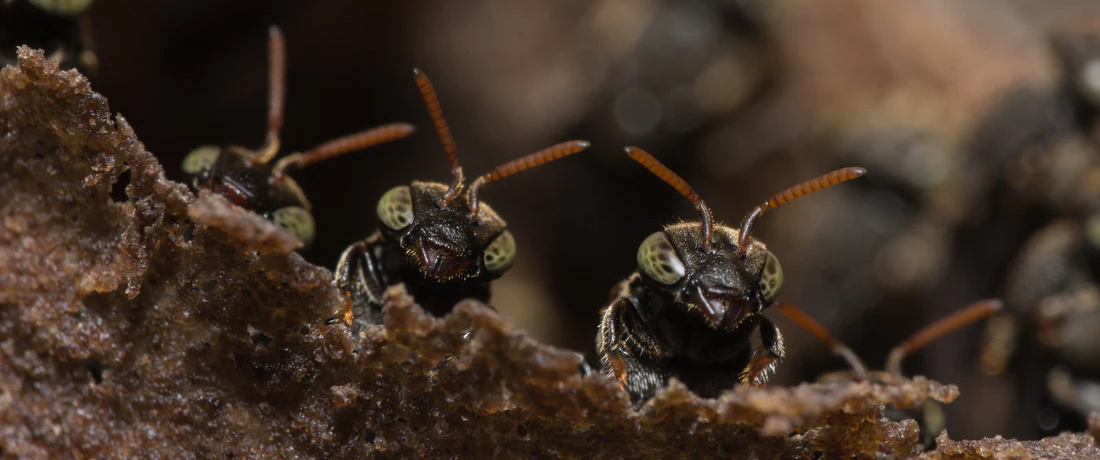
The Living Soil – Arthropods
Arthropods have jointed legs and an exoskeleton. Some examples you may know are springtails, beetles, ants, spiders, mites, centipedes and millipedes.
The benefits of Arthropods
They shred plant material, increasing surface area for soil micro-organisms.
They physically move the soil micro-organisms around in the soil and with the plant material.
Soil aggregation is enhanced. In good soils every particle of soil in the upper surface should have gone through the gut of numerous soil fauna. Each time it passes through another arthropod or earthworm it is thoroughly mixed with organic matter and mucus and deposited as a highly concentrated nutrient resource in the form of fecal pellets.
Arthropods stimulate the succession of species – at any one time only a small subset of species are metabolically active, by consuming the dominant species this allows other species to come in which facilitates the progressive breakdown of organic matter.
Predators will eat live prey, some scavenge dead prey. They effectively reduce material to smaller particles and are an important first step in the decomposition process.
Grazing on fungi and bacteria around plant roots stimulates the growth in numbers of their prey. In addition, these microbes are often carried on the exoskeleton of the arthropod and moved through the soil, helping to move them much greater distances than they would otherwise be able to travel.

